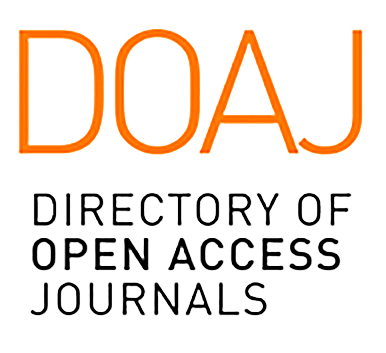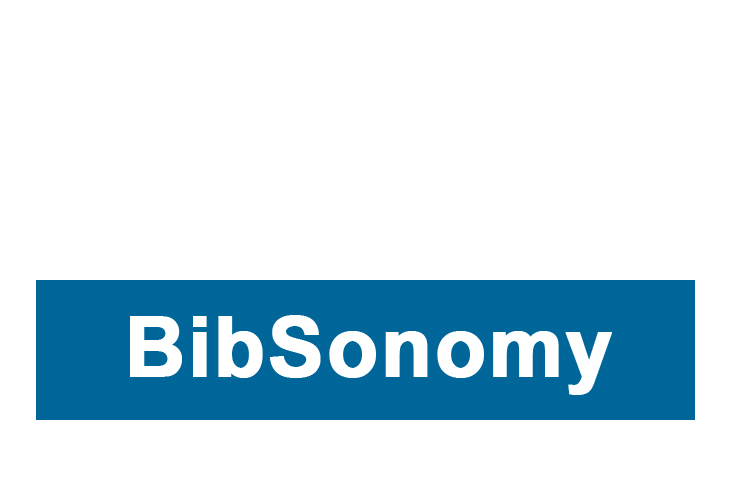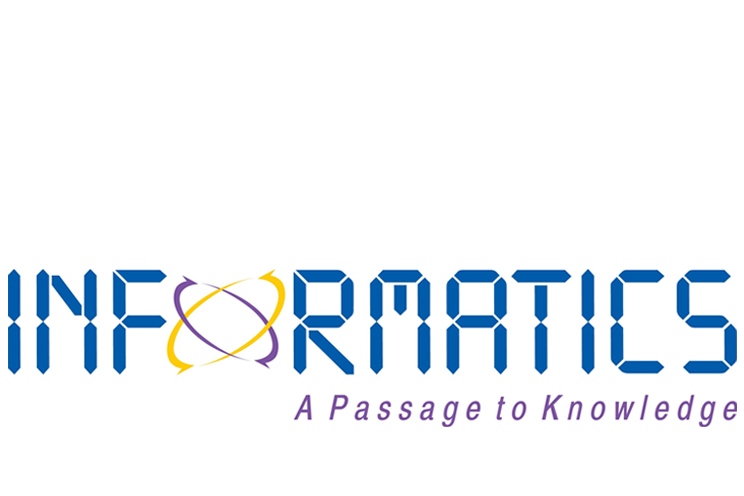Public Article
-
verified
An Observational Study of Umbilical Cord Clamping and Care Practices during Home Deliveries in Central Uganda
ISSN: 1929 - 4247
Publisher: author
An Observational Study of Umbilical Cord Clamping and Care Practices during Home Deliveries in Central Uganda
Indexed in
Health Sciences
ARTICLE-FACTOR
1.3
Article Basics Score: 3
Article Transparency Score: 2
Article Operation Score: 2
Article Articles Score: 2
Article Accessibility Score: 2
SUBMIT PAPER ASK QUESTION
International Category Code (ICC):

ICC-0702
Publisher: Lifescience Global Inc.
International Journal Address (IAA):

IAA.ZONE/192991554247
eISSN
:
1929 - 4247
VALID
ISSN Validator
Abstract
Delayed umbilical cord clamping and care practices have important implications for infant iron stores and neonatal survival. This is especially important in countries like Uganda, where there is a high prevalence of anemia in women and children coupled with a high newborn mortality rate. This study assesses cord clamping and care practices in home births in a coverage area of 12 health centers in 4 districts near Kampala, Uganda. We interviewed 147 women, most of who had at least primary school education and delivered their babies in the homes of traditional birth attendants. Only 65% of the persons conducting delivery washed hands, and most wore gloves. Most frequent cord ties were threads (86.7%), and glove rims (8.3%). Cords were cut with clean instruments in most (93.1%) deliveries. During cord clamping, newborn was positioned at a higher level than mother in 59%, delayed clamping (≥3mins) was reported in 52%. Combination of delay...
























































